SUMMARY
This is AI generated summarization, which may have errors. For context, always refer to the full article.
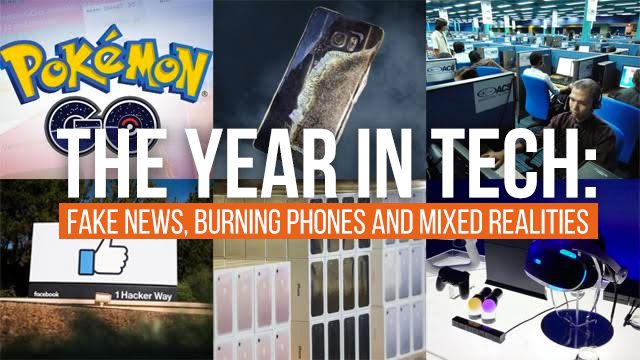
Can news ever be faked? In 2016, internet trolls and a new breed of cyber warriors took propaganda to another level and proved that false stories, hoaxes, and misleading information can get more traffic, swing votes in an election or simply sway public opinion.
This issue could persist for years, but it defined a year that many would have chosen to forget – if it were that easy. In his book, The Net Delusion (published in 2012), journalist and social commentator Evgeny Morozov already warned of the internet’s downside, but the world is too enamored with the bright side to listen. Today, we are probably experiencing what he calls a “digital Cirque du Soleil.”
The year, however, the tech space has too many twists and curved balls; it never lacked appeal and shock value. Here are nine other stories that stood out during the year:
Too hot to handle
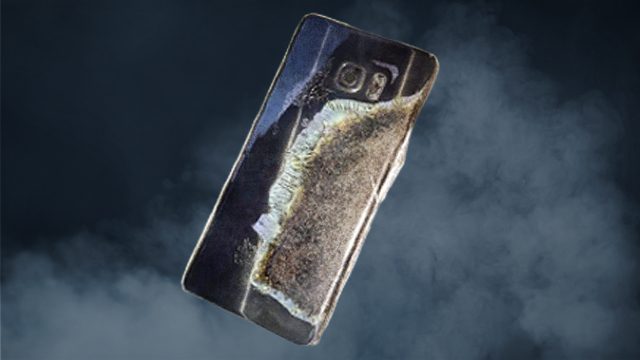
At launch, the Samsung Galaxy Note 7 was hot.
It has an iris scanner to protect users’ information, has front and back panels made of glass and an aluminum frame. It’s also waterproof and features fast and wireless charging “so your battery will never let you down,” according to DJ Koh, Samsung’s president of the mobile communications business.
But alas, it did and in a big way. Less than a month after the glitzy New York launch, some units started exploding. One incident led to many, triggering a worldwide recall for about 2.5 million devices sold. In the US, a plane was even evacuated from the runway because of a smoking Note 7. (READ: Why your smartphone battery still sucks – and who’s doing what?)
What happened to the multiple fail-safes usually installed to keep phone lithium ion batteries from combusting? Samsung still has to give a full explanation. Thus, the 6th device in the Galaxy Note series which broke preorder records in South Korea became a ‘smoking hot’ sensation, leaving a trail of lawsuits and an estimated $3.2 billion in losses in the first two months alone.
The fake news scourge
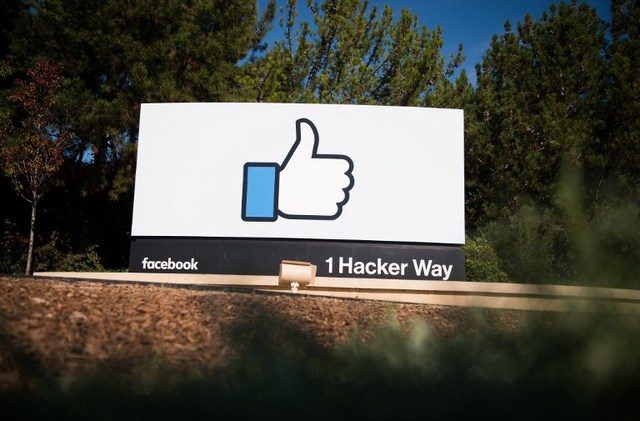
2016 has perhaps been the most headache-filled year for the head honchos at the world’s largest social networks. And it’s all thanks to this: fake news. On Twitter and Facebook, all it takes is a nicely-titled, emotion-baiting article for someone to spread misinformation. With enough knowhow, anyone can game the system and take advantage of the algorithms to plant the seeds of fake news, and then watch these seeds blossom and take root in the minds of many. Even search engines like Google weren’t immune; their system too can be taken advantage by players looking to shape public opinion to their favor.
For a long, tense period, critics bemoaned Facebook’s lack of action; and the social network replied that they’re a tech company, not a media company. It wasn’t until after the victory of Donald Trump as the President-elect of the US that Facebook and other internet giants really started to move a muscle. It wasn’t until reports surfaced that fake news had been more viral than real news stories that the internet giants really started to admit that “Ok, hey, maybe we do need to do something.” (READ: Facebook, Google ban fake news sites from their ad networks)
What they do moving forward is something to keep a very close eye on. At one point, the propagation of misleading information in the aforementioned channels could turn off users, and affect the bottom line – something any business doesn’t want to hear.
They call it courage
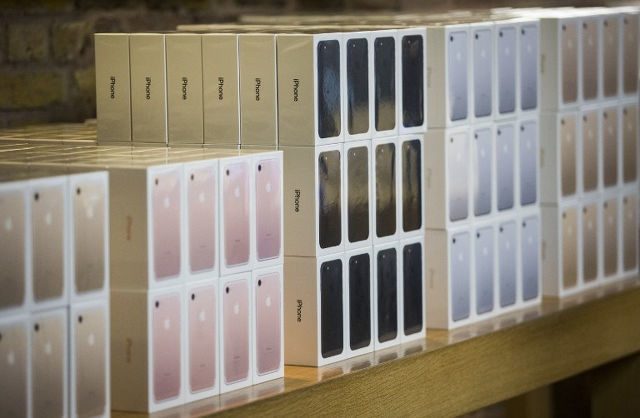
Bigger screens, better cameras, more storage, new form factors – the phone parade during the year was as heady as ever, but what about a real smartphone innovation that rocks? In September, Apple delivered the punch – a new iPhone with no headphone jack. Wait, what?
People have heard it right from Philip Schiller, Apple’s senior vice president of Worldwide Marketing. Replacing the 3.5mm auxiliary cable input that has been in use for over a hundred years with a lightning connector is an act of courage. “The reason to move on really comes down to one word: courage. The courage to move on, do something new that betters all of us,” he said.
That word has since become a meme, a laughing stock, the butt of jokes. Depending on which side of the tech equation you belong to, you can either welcome this new attempt at Apple domination or move on. That is also courage.
Virtual Reality’s (VR) mainstream splash
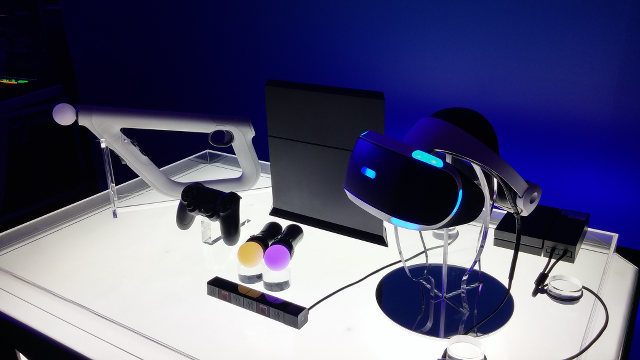
While Samsung introduced the 360-degree video handheld simply called Gear 360 at the Mobile World Congress (MWC) in Barcelona last February, it was Facebook CEO Mark Zuckerberg who stole the show. The social network big boss dropped by at Samsung’s event to prove a point: that the two tech titans have incredible faith in virtual reality as the next big thing.
The partnership between Samsung and Facebook was the opening act in what will be remembered as the year VR hit the mass market. Samsung’s Gear VR was launched in late 2015, powered by Oculus VR software, which Facebook owns. In March, Oculus’ own device, the long-awaited Rift, dropped in the market, priced at $600.
Others followed suit. In April, HTC also rolled out its Vive while Sony outed the PlayStation VR in October. But there were also the more basic devices not bundled with another hardware device or with a brand such as the refreshingly simple Google Cardboard. Soon basic VR devices started selling in the market, and they are not expensive. (READ: Unboxing the PS VR)
“VR is the next platform and the most social platform,” Zuckerberg told a jam-packed auditorium at MWC. “This year, millions will get their hands on a Gear VR.”
The virtual reality market is estimated to be worth $70 billion by 2020.
Going gaga over Pokémon GO
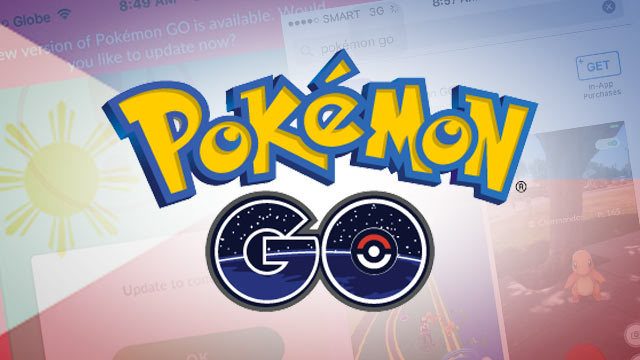
Who would have thought that ’90s video and card game sensation Pokémon would ever make a comeback and in a way its original creators wouldn’t have imagined? Reborn as a free-to-play, location-based augmented reality game last July, Pokémon GO has been downloaded over 500 million times across the world.
When the augmented reality (AR) mobile game was officially made available in the Philippines a month later in August, gamers painted the town red. Malls, retail establishments, train stations, bus stops, parks and other urban public spaces became Pokémon hunting grounds, leading marketers to cash in on the game by setting up their locations as Pokéstops to draw crowds.
A month later, a local tech company started hiring full-time “Lure Managers” for the highly popular game, a new breed of digital workers who drop ‘lure modules’ in company-designated Pokéstops to attract or ‘lure’ wild Pokémons. The Pokémon GO craze has since abated but at least it led people to ask: What’s the difference between AR and VR?
Destination Philippines
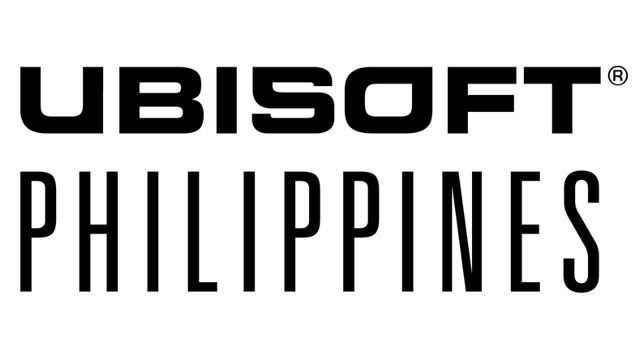
Was it also courage when some of the global tech companies decided to set up shop in the Philippines?
The first to test the waters this year is global gaming powerhouse Ubisoft. The maker of the world famous Assassin’s Creed opened a new production studio at De La Salle University in Laguna last April. The studio will only be its second production hub in Southeast Asia.
With more than 49 million monthly active users in the Philippines, Facebook followed suit. Dan Neary, Facebook vice-president for Asia-Pacific, said its goal is to help local businesses build brands and pages on Facebook. At the onset, it is clear that it is a marketing office, and not focused on engineering or development.
Cloud computing leader Amazon Web Services (AWS), which counts as its clients some of the country’s biggest businesses, also joined the fray. Chief technology officer (CTO Dr. Werner Vogels), who announced the move at the AWS Summit in May, said business is growing fast in this part of the world. Thus, the need for a country office.
Wanted: Faster, better internet
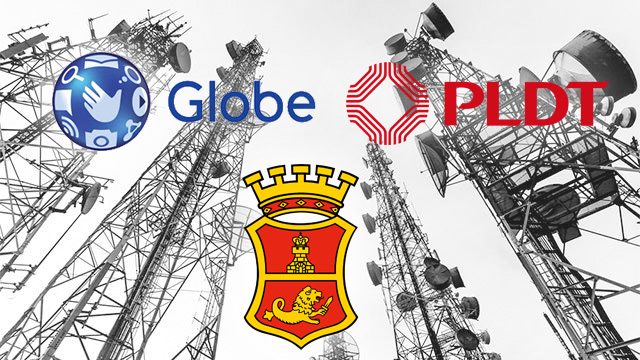
When PLDT and Globe Telecom bought the telecom business of San Miguel Corporation (SMC) for P69.1 billion last May, both companies gained access to the much-coveted radio spectrum in the 700-MHz band, as well as frequencies in the 900-MHz and 1800-MHz bands. The National Telecommunications Commission (NTC) gave the two operators one year to improve broadband access and internet speeds if they wish to retain the spectrum they acquired. (READ: PCC rejects PLDT, Globe report on San Miguel telco buyout)
The two have since started building infrastructure that utilized the 700-MHZ spectrum to widen their LTE and high-speed 4G data services footprint nationwide and submitted their rollout plans using the additional spectrum they acquired. Will this lead to better internet speeds in the country?
As of second quarter of 2016, the Philippines is still trailing behind its neighbors in average connection speed. Akamai Technologies’ “State of the internet” report for the period showed that India and the Philippines had the lowest average connection speeds among surveyed countries in the Asia-Pacific at 3.6 Mbps and 4.3 Mbps, respectively. The report mentioned though that the Philippines may enjoy faster speeds soon, as the two major network service providers in the country have acquired an additional wireless spectrum.
Welcome, DICT
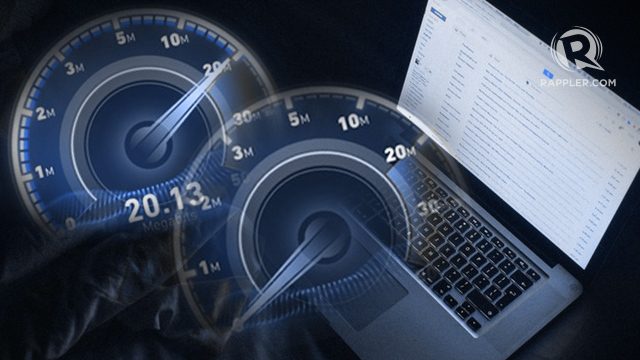
In a surprise move, former President Benigno Aquino III signed the law creating the Department of Information and Communications Technology (DICT) on May 23, two weeks after the national elections and roughly a month before the handover to the new administration.
Research analyst firm International Data Corporation (IDC) lauded the move, saying that it is crucial for the government to ensure the information and communications technology (ICT) sector, which is among the most profitable divisions of the Philippine economy (projected to contribute $50 billion in revenue in 2016) and one of the top drivers of employment growth, will be secure in the upcoming years.
Under the new law, the DICT will act as the primary policy and planning agency of the government that will plan the national ICT development agenda.
DICT’s inaugural secretary, Atty. Rodolfo Salalima, a veteran of the telco industry, has since completed his team of 3 undersecretaries and 4 assistant secretaries and has so far ordered a spectrum audit, brokered deals with industry players for better internet connectivity and support for the free Wi-fi project, and signed collaboration agreements with other government agencies and stakeholders for the setting up of the 911 emergency hotline. The most awaited project though is the national broadband plan.
IT-BPM industry in transition
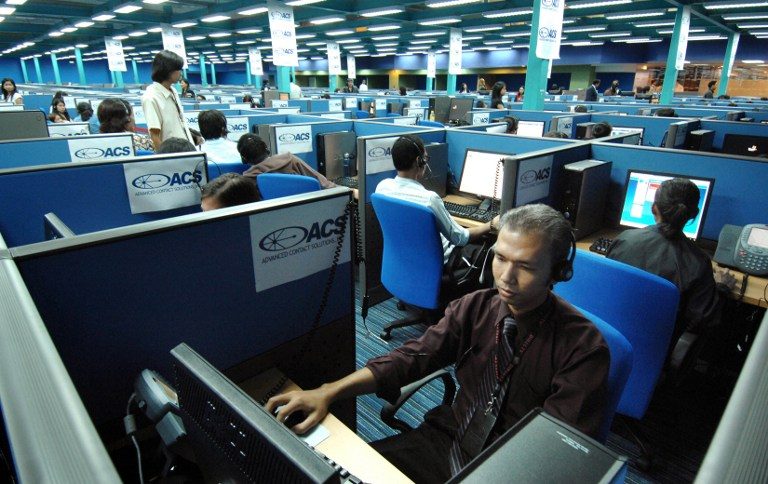
Given the right enabling conditions, the Philippines’ information technology and business process management (IT-BPM) sector has the potential to reach $38.9 billion in revenues and employ 1.8 million Filipinos by 2022.
These were revealed in a new industry roadmap unveiled by the Information Technology and Business Process Association of the Philippines (IBPAP) at the 8th International IT-BPM Summit held in Manila last October.
Roadmap 2022 also sees the Philippines cornering a 15.5% share of the global market by 2022 from 12.6% this year. This, while moving up the value chain and increasing the ratio of mid-high skilled jobs from 53% this year to 73% by 2022.
Danilo Sebastian Reyes, IBPAP Board Chairman and country manager for BPO firm Genpact Philippines, however, emphasized that the targets in the roadmap can only be achieved with the support of stakeholders from both private and public sectors, within and outside the industry.
Comelec hack, Bangladesh heist
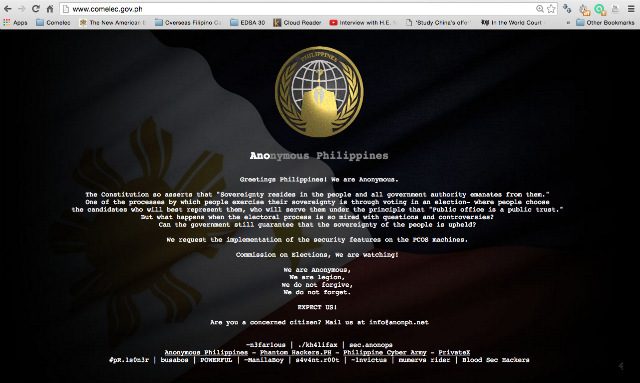
Two of the biggest cybersecurity breaches in the world happened right here in our midst in 2016. The first is the leak of the entire database of the Commission on Elections (Comelec) in March, leaving the country’s 55 million voters susceptible to fraud.
While the Comelec brushed off fears that the data dump compromised the security of the May elections, security firm Trend Micro alerted the world to the fact that crucial citizen data was made available in plain text and accessible to everyone. It also included personally identifiable information such as passport information and fingerprint data.
“The online leakage by hackers of the confidential information of Filipino voters highlight how the Philippines is falling behind in cybersecurity. This should be a wake-up call for the upcoming government to look at the matter in earnest,” commented Jubert Alberto, Country Head of International Data Corporation (IDC) Philippines.
Meanwhile, the Philippines also found itself in the global spotlight in February when $81 million was transferred to a Philippine bank from a Bangladesh bank account at the Federal Reserve Bank of New York following a cyber-attack on the Bangladesh Central Bank. (READ: TIMELINE: Tracing the $81-million stolen fund from Bangladesh Bank)
This brought to the surface the vulnerability of even the most sophisticated financial institutions to IT security breaches and experts agree that the world may have not seen the last of these attacks. – Rappler.com
Add a comment
How does this make you feel?
There are no comments yet. Add your comment to start the conversation.